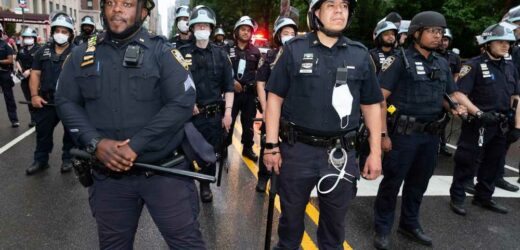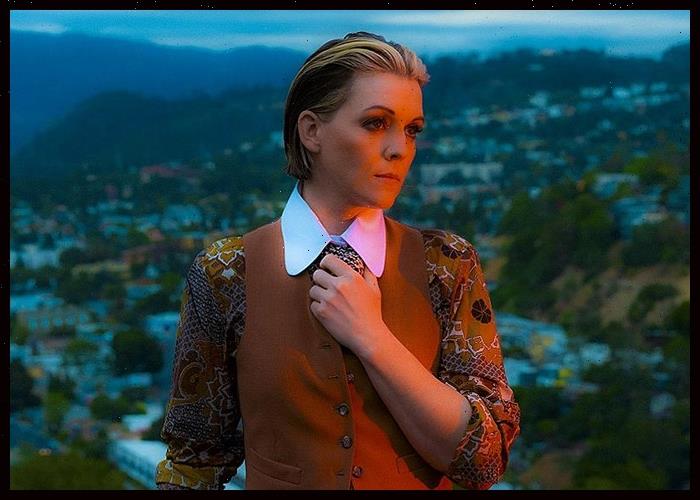More On:
nypd
Sweet 16 partygoers shot when gunfire erupts during NYC bash
NYC man chased down and killed in driveway: cops
More than two dozen injured and sick dogs seized from Queens man
Whistleblower NYPD cop busted for alleged role in NYC nightclub brawl
Across the city, shootings are up. Crime is now the number one issue for New Yorkers, especially in areas like Brooklyn’s East New York and the Southwest Bronx, where murders have surged.
Residents in these parts don’t just need more cops, they need more experienced cops who know how to combat violent situations.
And herein lies the problem: Many of the beat cops who work the most dangerous precincts are also some of the least experienced. They’ve recently joined the force and have no choice in where they’re placed, while cops who’ve served for longer get more flexibility and choice about where they work. They often choose to work safer beats.
This is completely fair. So, what we need is an incentivization scheme. Experienced beat cops should be paid more to work in the areas where they’re most needed. Call it a “cost of risk” bonus.
This isn’t a new idea. In 1981, the economist Kip Viscusi devised a formula for the Value of a Statistical Life (VSL). Viscusi calculated that about 1 in 10,000 Americans died on the job every year. In return for accepting the fact that one of them would likely die, Viscusi calculated that the most at-risk workers were entitled to an extra $300 each year.
Last year, in New York, 22 police officers were killed in the line of duty. With 36,000 NYPD officers, that represents a mortality risk of 6/10,000. The NYPD’s exact “cost of risk” bonus would need to be figured out, but Viscusi said “the premium should be higher” for officers working “in the more dangerous boroughs.”
Right now, regardless of the precinct an officer operates in, starting salaries are the same “for all” members of the force, said Rev. Dr. Marcos A. Miranda, the founder and CEO of New York State Chaplain Task Force. That starting salary? “Approximately $42,000.” For anyone familiar with living costs in New York (or any other major city), $42Kthat won’t get you very far.
Meanwhile, “in villages and townships throughout Long Island,” there are officers “who can do 20 years” and never once have “to pull their firearm, or even find themselves in a life-threatening encounter,” Miranda said. On the other hand, “you have police officers within inner-cities who have to reach for their mace, baton and ultimately their firearm on a continuous basis, and who furthermore find themselves in life-threatening situations consistently.” These officers, according to Rev. Miranda, are “paid substantially less” than the cops in Long Island.
Over the past decade, officer pay across the country “has fallen in real terms by 8.7 percent,” according to a report issued by the Police Federation. At the same time, the cost of living continues to rise. A Police Federation report from 2020 shows that just 36 percent of respondents have enough money to cover their monthly essentials.
Around the US, according to Bloomberg CityLab, “the 50 largest US cities reduced their 2021 police budgets by 5.2 percent in aggregate.” In New York City, Bill de Blasio, no friend of the police, slashed almost $500 million from NYPD funding.
Eric Adams, a former NYPD cop and our presumptive next mayor, has the chance to change that, starting with an incentive program for cops, giving higher pay to experienced officers to serve in the places they’re needed most.
The NYPD could start by splitting the officers into high-risk and low-risk groups, with those more likely to face danger — in places like Brownsville, Midtown, Bedford, Fordham, Tremont and East Harlem — paid more.
Let’s hope we can do this, because NYPD officers, especially those patrolling the most dangerous areas, deserve more money. And New Yorkers, especially those living in the riskiest areas, deserve the protection of New York’s finest.
John Mac Ghlionn is a researcher and essayist. His work has been published by The South China Morning Post, Sydney Morning Herald, and Spectator USA. You can follow him @ghlionn
Share this article:
Source: Read Full Article




